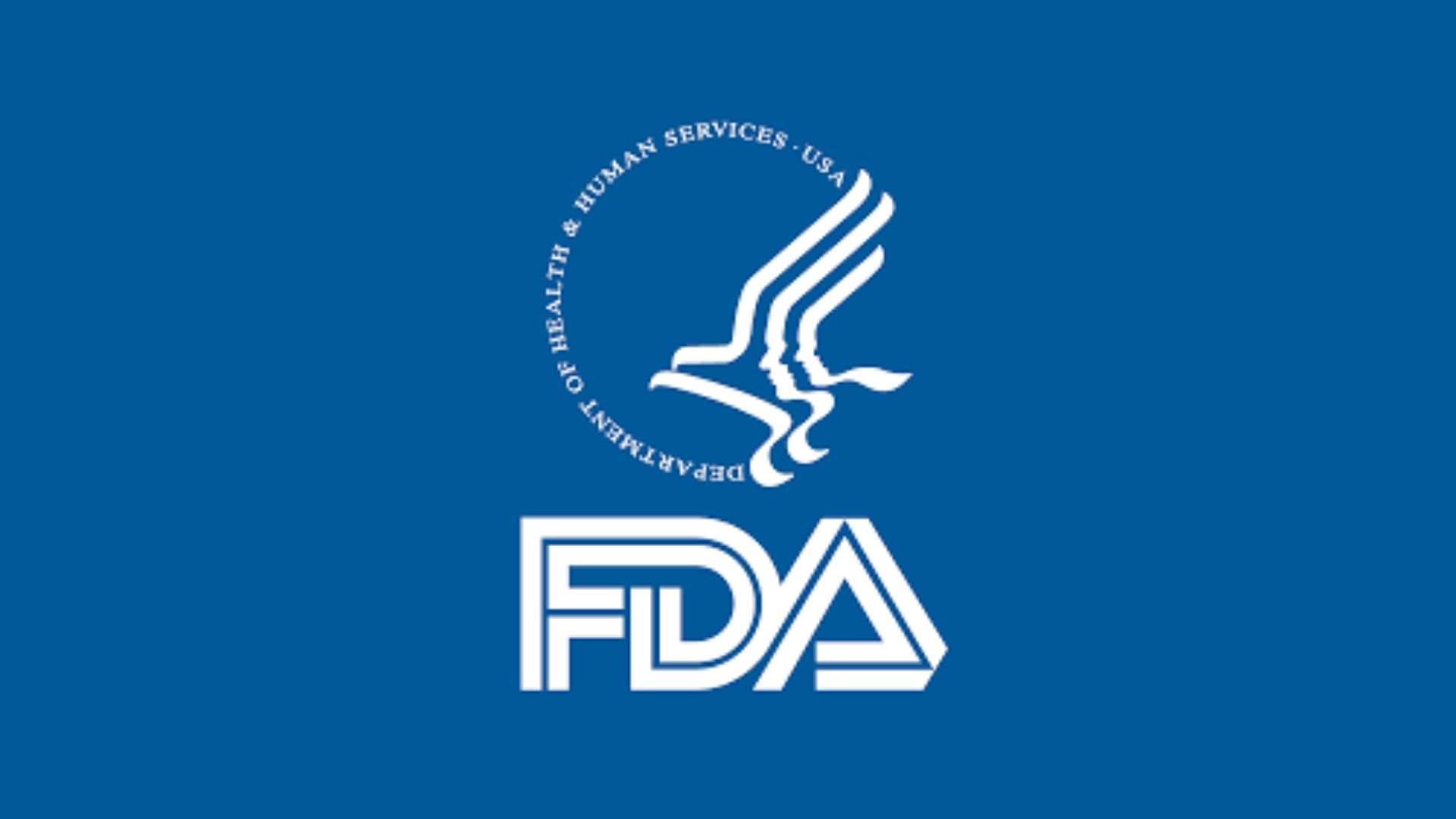
Table of Contents
Predicate Comparison
When applying for marketing approval under the 510(k) pathway, a medical device manufacturer should provide a detailed comparison of the device in question with a similar medical device already placed on the market (predicate) in order to demonstrate substantial equivalence. In particular, such a comparison should contain a detailed enough description of how the new product is similar to the one already allowed for marketing and use in the country, and also highlight the differences. The authority encourages medical device manufacturers to provide side-by-side comparisons as they are the most informative. The document contains a table used to illustrate the said approach. According to the table, the key factors to be covered by the scope of comparison include, inter alia, the following ones:
- Indications for Use;
- Output wavelength(s);
- Energy fluence;
- Irradiance;
- Treatment regimen;
- Spot size.
As it is stated by the authority, the above list is not exclusive and is provided to assist with the general understanding of the approach to be applied.

Labeling: Key Points
In accordance with the existing regulatory requirements, an application for marketing approval, submitted under the 510(k) framework, should contain the details of the proposed labeling. As further explained by the FDA, proposed labels and labeling, are sufficient to describe the PBM device, its intended use, and the directions for use must be provided. The authority additionally emphasizes that for PBM devices which are prescription-only products, hence, the directions for use by laypersons are not required. At the same time, the labeling should contain sufficient information for a healthcare professional using the device with respect to indications, effects, routes, methods, frequency and duration of administration, and any relevant hazards, contraindications, side effects and precautions.
Furthermore, for the products that are over-the-counter devices, adequate directions for use are to be provided as well. The information accompanying the device should contain sufficient details regarding the intended use and indications for use, as well as any applicable limitations or instructions to be followed to ensure safety and proper performance. Hence, medical device manufacturers are encouraged to include additional information that could be important, including the details related to the design of the device, its features, and characteristics.
It is also important to mention that the labeling should contain indications to contact the manufacturer in case of any adverse events or incidents associated with the device. For cold sore devices, the labeling should also include additional information regarding the intended patient population and treatment regimen.
- Indications for use. First of all, the manufacturer shall provide a statement regarding the Indications for Use for the device in question. Should it contain multiple components having different indications, this should be also clearly stated in the labeling. The same approach should be applied if the device subject to review is intended to be used with another device.
- Warnings. The labeling should also contain the details regarding the warnings to be taken into consideration in order to prevent known hazards. This should include, inter alia, the following:
- A statement regarding the long-term effects of prolonged use of the device;
- A statement that warns against the use of non-thermal lasers during pregnancy;
- A statement that warns against using non-thermal lasers over or near lesions;
- A statement that warns of the risks of injury resulting from the misuse of device.
- Precautions. Apart from the details described hereabove, the labeling for PBM devices should also contain precautions to be considered in order to ensure the safety and proper operations of the device when used for its intended purpose. In particular, the following information could be provided:
- A statement regarding the use of safety glasses by the patient during treatment;
- A statement that caution should be exercised when using the device over skin area that lacks normal sensation;
- A statement that the device should be used with only manufacturer-recommended accessories;
- A statement that the ingress of any liquid should be avoided.
- Overview of clinical studies. The authority also recommends medical device manufacturers to provide information about the results of clinical investigations conducted.
In summary, the present FDA draft guidance provides an overview of specific regulatory requirements for PBM devices. The document addresses the aspects related to predicate comparison and also outlines the scope of information to be included in the labeling for such products with respect to the specific functions and features of the device, as well as safety measures and precautions the users should be aware of in order to be able to use the device in a safe and efficient way.
How Can RegDesk Help?
RegDesk is a holistic Regulatory Information Management System that provides medical device and pharma companies with regulatory intelligence for over 120 markets worldwide. It can help you prepare and publish global applications, manage standards, run change assessments, and obtain real-time alerts on regulatory changes through a centralized platform. Our clients also have access to our network of over 4000 compliance experts worldwide to obtain verification on critical questions. Global expansion has never been this simple.
Want to know more about our solutions? Speak to a RegDesk Expert today!
- SEO Powered Content & PR Distribution. Get Amplified Today.
- Platoblockchain. Web3 Metaverse Intelligence. Knowledge Amplified. Access Here.
- Source: https://www.regdesk.co/fda-draft-guidance-on-pbm-devices-predicate-comparison-and-labeling/